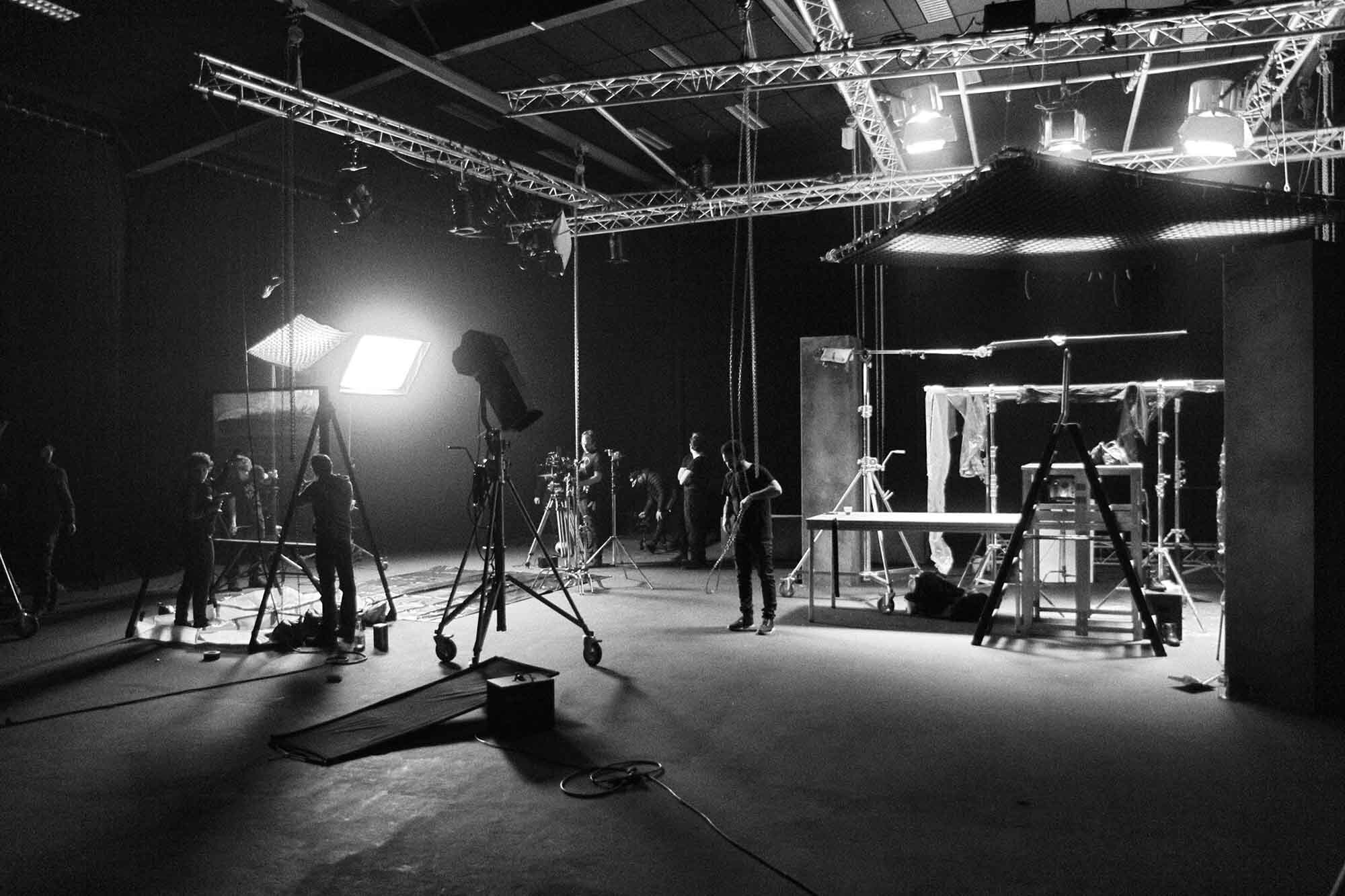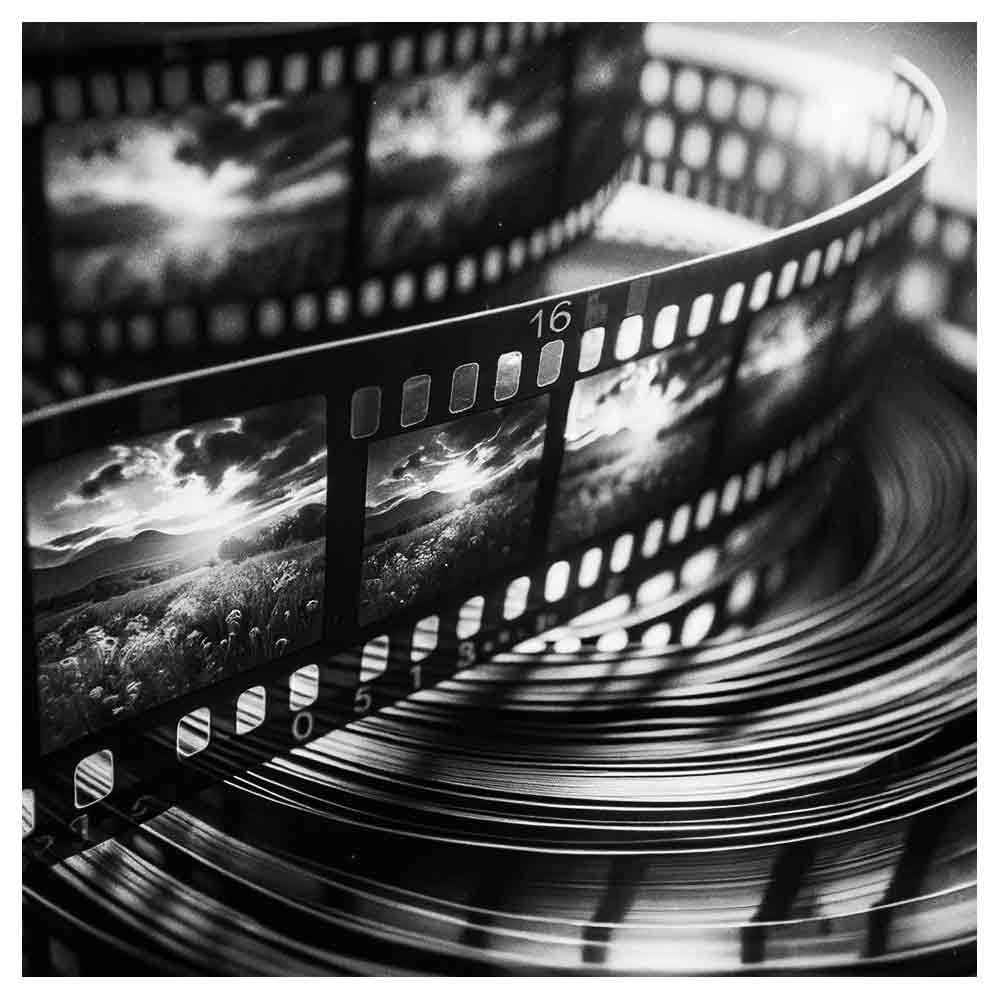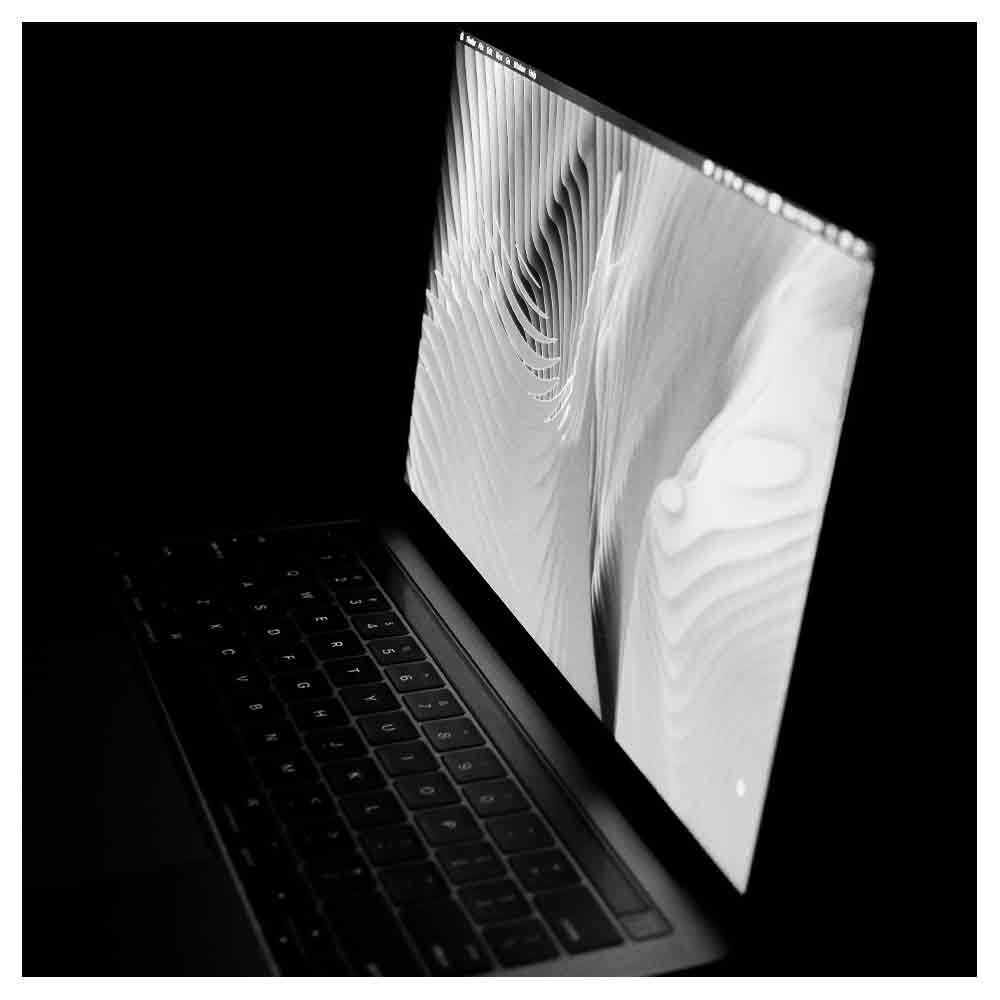5 Things You Must Know About Filming In A Film Studio
When choosing a location to film your project, I always prefer working in a film studio. This is a giant building created to give filmmakers complete creative control over a recording of a film set.
I like filming in these production studios because you can shoot no matter the weather. It’s quiet, private, and climate-controlled. The amount of logistical nightmares is reduced because you have all crew and production facilities like parking, changing rooms, toilets, catering, and technical equipment to support the filming at your disposal.
But the best part is that filming in movie studios allows you to create any possible environment. If the film set of your project doesn’t exist in real life or if it’s logistically impossible to get somewhere, hire a film studio and bring your story ideas to life artificially!
In this article, I wanted to share five things I wish I had known before I first started using film studios as a location for my film projects.
Table of contents:
1. Filming in a film studio is pricey
The first thing I wish I had known is that filming in a film studio costs serious money. Not in all cases, of course, but in most cases.
How expensive it is to film in a film studio depends on the size of your project, the size and requirements of the studio you want to rent, and what you want to do in the facility.
The average movie studio costs.
To give you a pricing idea of using just the basic facilities, the price for an average film barebone studio in the Netherlands is somewhere between €500-€2000 a day.
The total costs will depend on the kind of features of the facility, the type of production you want to do, and the demand for shooting in film studios at that particular time. The bigger the facility and its (unique) features, the higher the price.
Cheaper studios are often smaller and offer fewer high-end features. They are usually built in old factory warehouses, former school gyms, and other big buildings that used to be something else.
The upside of working with a cheaper option is that it’s easier to get away with projects that involve elements like water and fire, and you’re allowed to paint the floor in whatever color you like!
You pay to use an empty room.
But renting a studio isn’t necessarily what will make it pricey. When you hire a usual location like a street or a building, you pay for how it looks. When you hire a film studio, you pay for the facilities. You essentially pay to use an empty room that is optimized for filmmaking.
There is nothing there except for a bunch of black theatre curtains (these curtains better absorb light) or a limbo wall (a curved wall to make it look like the space is infinitely big).
So, unless your project is about something in an empty room, you must fill the studio up with props, furniture, or custom build set pieces. And the costs for building, renting, and transporting all that stuff to the studio quickly add up, which can eventually make it very expensive!
2. Natural Sunlight studio or artificial lighting
The second thing I wish I had known before stepping into a film studio is that you'll need a lot of light. Again, not in all cases because if your story centers around something that takes place in a very dark place, you probably won't need that much!
If you want to cut back on the lighting, you can use a natural sunlight studio with (roof) windows that allow you to use the sun as your natural light source.
But as you know, sunlight can change unpredictably throughout the day. So if you want complete control over the light for your production, you'll have to shoot in a closed environment to control all your light sources artificially.
When you decide to use artificial light, you will need to spend a lot of money on renting those lights and the knowledge to set up those lights properly.
Unless you have the time and the ability to set up those lights yourself, you'll need to hire the right people to set up those lights for you—who cost money.
Setting up lights in a film studio usually means rigging them to stage light trusses—metal frame structures on the ceiling used to attach the lighting equipment. Because that's very time-consuming, you usually need a pre-light day, which costs extra money!
3. Film studio or sound stage
The third thing I wish I had known before stepping into a film studio is the difference between a film studio and a sound stage.
A sound stage is also a building specially designed for filming but compared to a film or movie studio, it’s made soundproof. The sound stage walls are covered with sound isolation, and the air conditioning will be much quieter.
These are important details if your project requires sound recording! If the studio you want to use is next to a railway, airport, or busy road, you definitely want to know if you’re renting a sound stage or a film studio.
4. Film studio or a camera rental company
The fourth thing I wish I had known when choosing the proper studio for my film projects was that some studios also function as rental companies, which can help you make a better deal and cut costs!
If your project requires renting a camera, light, or grip package, you can get those from a camera rental company. But if you're on a budget or suddenly find out that the costs of filming in a film studio are starting to add up, you can try to see if you can rent everything from the film studio. Many studios have a large amount of technical equipment and are usually more than happy to make a package deal.
The chances of making a good deal with the film studio for all the equipment combined with renting their space are much higher than getting all the tools from different rental companies.
It can happen that the film studio doesn't have all the equipment you're looking for. In that case, I'd suggest only getting those specific items somewhere else or trying to create the project without them.
5. Hire the right film studio size
The last thing I wish I had known when filming in a film studio is that what’s happening in front of the camera might be small. Still, the workforce and technical assets required behind the camera to make that beautiful picture can be immense. In my experience, it’s better to rent a bigger studio than to feel limited by the restrictive amount of workspace you have.
Besides direct workspace, you also want to ensure that the accommodation allows you to load large equipment, props, or set pieces directly to your set.
Some smaller studios share the same entrance doors and load-in areas. If multiple productions have to load in or out simultaneously, it can cause noise distractions and cost you unnecessary time delays.
Conclusion
I hope these five caution triggers are as helpful for you as they were helpful to me.
Depending on your project and the scenes you want to film, it can sometimes be cheaper to create something in a studio instead of going out into the world and dealing with many logistical nightmare scenarios.
I believe that as long as you consider these five fundamental points outlined above before making the call to go into a film studio, you’re good to go!
Frequently Asked Questions About Filming in A Film Studio (FAQs)
What is a film studio?
A film studio is a facility where movies and TV shows are produced. It typically includes sound stages, sets, equipment, and other resources needed for filming.
Why are film studios used for filming?
Film studios are used for filming because they provide a controlled environment where filmmakers can create specific settings and conditions for their production. This includes access to sound stages, sets, lighting, equipment, and other resources. Additionally, Film studios are typically equipped with offices, editing rooms, and other amenities that can make the production process more efficient.
How do you secure a film studio for a production?
Securing a film studio for production typically involves renting the facility for a specific time. This can be done by contacting the studio and negotiating a rental agreement. It is also essential to secure any necessary permits and insurance.
What are the benefits of using a film studio?
Some of the benefits of using a film studio include the following:
Controlled environment: Film studios provide a controlled environment where filmmakers can create specific settings and conditions for their production.
Access to resources: Film studios typically have access to sound stages, sets, lighting and equipment, and other resources that are needed for filming.
Convenience: Film studios generally are equipped with offices, editing rooms, and other amenities that can make the production process more efficient.
Cost-effective: Film studios can be a cost-effective option for productions that require a significant amount of controlled environments and specialized equipment.
Are there any downsides to filming in a film studio?
Some downsides to filming in a film studio include the following:
Limited options for location: Film studios are typically located in specific areas that may only be suitable for some productions.
Cost: Renting a film studio can be expensive, especially for larger productions.
Limited natural light: Depending on the studio, it may be limited to artificial lighting, which can be less flexible than natural light.
Can private film studios be rented for independent productions?
Yes, private film studios can be rented for independent productions. It is essential to contact the studio directly and negotiate a rental agreement. Additionally, it is important to secure any necessary permits and insurance.

































